Mobile Photography Interview With Luis Perez – A Partially Sighted, Apple Distinguished Educator and Mobile Photographer
Welcome to our very exciting interview column on theappwhisperer.com. This section entitled “A Day in the Life of…” is where we take a look at some hugely influential, interesting and accomplished individuals in the mobile photography and art world… people that we think you will love to learn more about. This is our 105th installment of the series. If you have missed our previous interviews, please go here.
Today we are featuring Luis Perez, Luis is an Apple Distinguished Educator whose work focuses on accessibility and inclusive design. He received his doctorate in special education from the University of South Florida in 2013 and is the author of Mobile Learning for All from Corwin Press. His work has appeared in THE Journal, The Loop Magazine, and the New York Times Bits Blog. You can learn more about Luis’s work in educational technology by visiting his website at www.luisperezonline.com. To see more of Luis’s photography, visit his Instagram page at www.instagram.com/lfp1211.
We couldn’t wait to find out more about Luis and invited him to take part in this interview. We think you will all enjoy this a lot, it’s full of fabulous insight, images and words.
Under each image you will find the title and a list of all the apps used, links to these apps are at the end of the article.
(If you would like to be interviewed for our new ‘A Day in the Life of…’ section, send an email to [email protected], and we’ll get back to you.)
Luis Perez
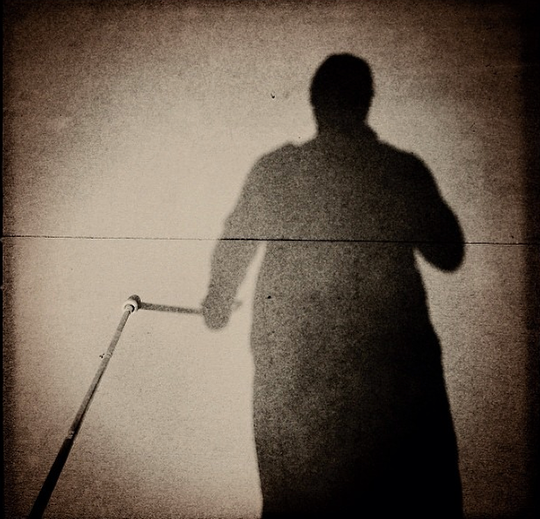
©Luis Perez
‘This self portrait was included in my dissertation as a visual representation of what it is like to live in “between and betwixt” the worlds of the sighted and the blind. It captures my experience as someone with progressive vision loss.’ – Luis Perez

‘Nap time’ (future guide dogs for the blind) – ©Luis Perez – Apps used – Snapseed.
Let’s start at the beginning of the day, how does your day start?
My schedule depends on whether I am on the road or not. When I’m not, I work from home and most of my day is spent in front of the computer. After a light breakfast, I will often spend much of the morning answering emails, making travel arrangements for upcoming presentations and checking in on social media for stories about my professional interests: accessibility, education, and of course photography. I am not much of a morning person, so morning is a good time to take care of these things before I settle in for more serious work in the afternoon. That is my time for writing, creating presentations and working on instructional resources such as screencasts and ebooks that I create for teachers. Much of my photography work is done on the weekends. I have been traveling quite a bit for work, and whenever I schedule a presentation I try to leave some time so that I can explore the city I’m visiting by going on a brief photo walk.
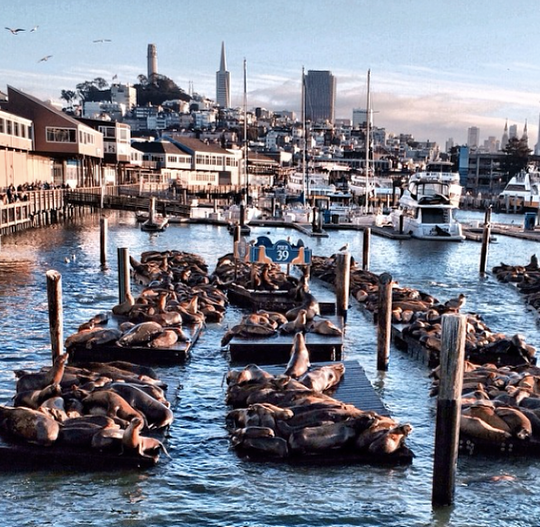
“Pier 39, San Francisco’ – ©Luis Perez – Apps used – Snapseed
How did the transition from traditional photographer to mobile photographer develop? (Pardon the pun)
The transition from traditional photographer to mobile photographer came about naturally as a result of my vision loss. As my eyesight got worse, it became very difficult for me to use a traditional camera. My condition is known as retinitis pigments and it results in tunnel vision as well as reduced depth perception. In addition to the challenges presented by looking through a viewfinder with an already reduced field vision, traditional cameras have a number of knobs and dials that while tactile are difficult to use for someone with low vision due to their size and lack of contrast.
On the iPhone, I don’t have to worry about the knobs and dials because all of the settings are handled by software and the device can use text to speech to describe them to me. For photos of people, the iPhone includes a screen reader that can tell me how many faces are in the scene and where they are in the frame, which can be great aid when taking photos of people. I tell people that without digital I would probably not be a photographer because of the number of photos I have to take to get a few that are keepers. The iPhone has allowed me to continue making photos because the accessibility features reduce the effort it requires me to enjoy photography.
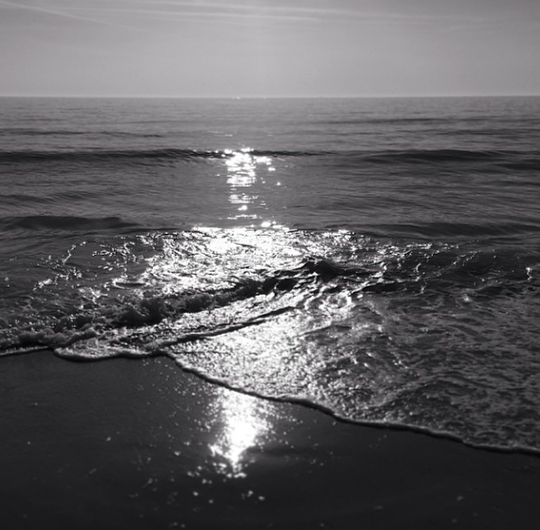
‘Serenity’ – ©Luis Perez – Apps used – Camera app with Noir filter
Do you like to download new mobile photography apps regularly?
I am not a big downloader of new apps. I tend to stick with a core set of photography apps I have gotten to know quite well over the years. Part of the reason for that is that with low vision I also rely on my memory as an aid for using the interface of each app. Aside from the built-in Camera app and Instagram (two of my favorites that I use all the time) many photography apps are really lacking when it comes to accessibility. When I do use these other apps I have to rely on my experience of the interface as much as my vision to get my work done.
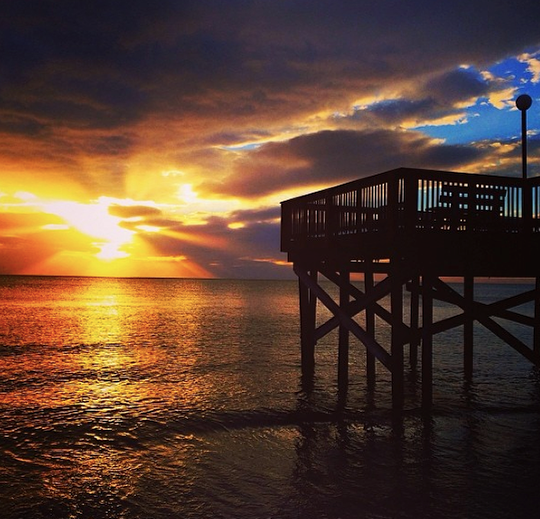
‘Burst of light’ – ©Luis Perez – Apps used – Camera+
What is your preferred platform, Apple iOS, Android, Windows?
Definitely iOS. Aside from the popularity of the iPhone as a photography tool, I have also witnessed the impact iOS devices can have on the lives of people like me who have disabilities or other special needs. As an educator, it is my preferred platform for making education and learning accessible, which includes providing a platform for self-expression and creativity for students of all level of ability.
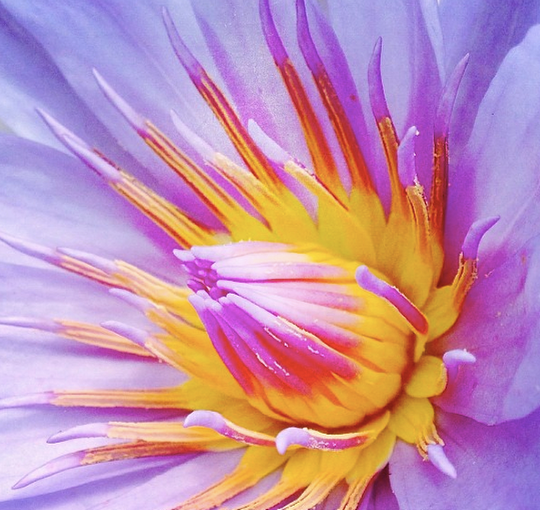
‘Fireworks’ – ©Luis Perez – Apps used – captured and edited with Hipstamatic (foxy lens, dream canvas film, no flash)
Would you consider changing platforms and why?
I have experimented with an Android device, but at the moment it does not have the same level of accessibility support for photography that I need. I do hope that other device makers will follow Apple’s lead in providing an accessible experience for photographers like me.
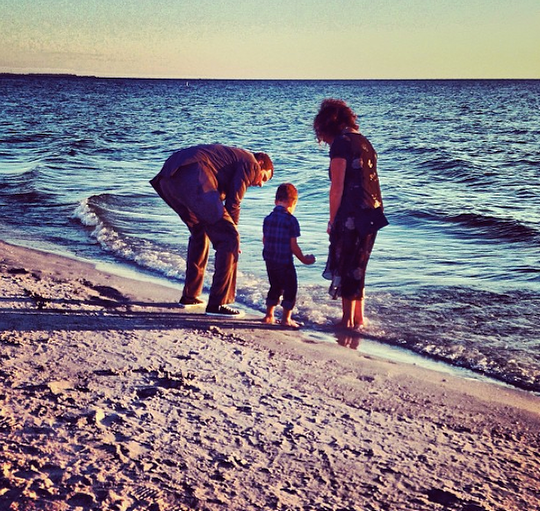
‘Discovery’ – ©Luis Perez – Apps used – Camera+
How often do you update your existing apps?
I update my apps quite often to make sure I have the most stable version of an app. The only time I hold back a bit is when there is a dramatic change to the interface. As I mentioned earlier I rely on my knowledge of the interface as much as my vision when using photography apps. With big updates this can disrupt my work, so I like to wait for when I know I will have more time to experiment with the updated version of the app.
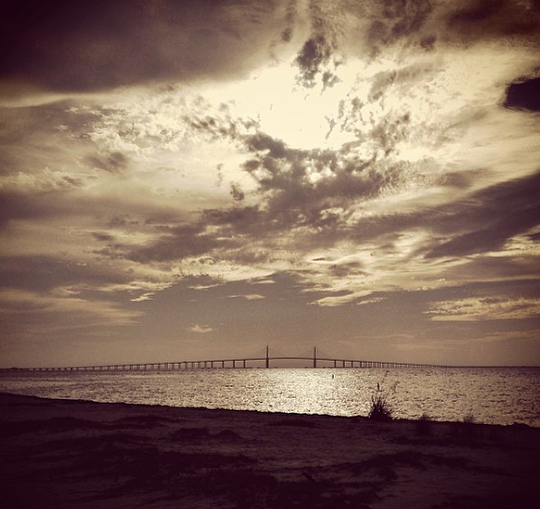
‘Sky way (bridge) – ©Luis Perez – Apps used – Camera+
What are your favourite photography apps and why, what features do you look for in a new photo app?
My favorite photography app is the built-in Camera app, since it is the only one that is completely accessible to me with a screen reader. It also provides me with a few options for capturing the photo: I can either press one of the volume buttons or use my headphones (both of which provide me with a tactile option for triggering the shutter). Instagram is another favorite, and it has improved quite a lot with regard to the accessibility, however I only use it to share my photos rather than to capture them. I also love Snapseed and Camera+ because I have used them for so long and know them quite well. In Camera+ the Clarity scene mode has always been a favorite.
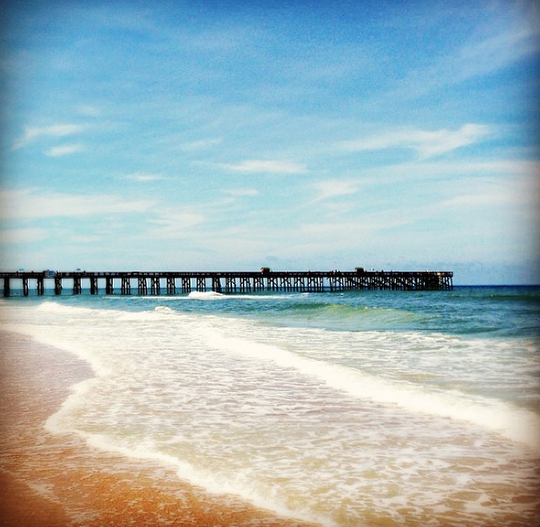
‘Waves’ – ©Luis Perez – Apps used – Snapseed
Where’s your favourite place to shoot and why?
My favorite place to shoot is anywhere in nature. I especially like being at the beach or near the ocean. As someone with a visual disability I enjoy the entire sensory experience that being in nature provides: the sound of the waves, the feel of the sand, the feel of the sun on my face, the wind, the smells, etc. These are all part of capturing the moment in a photograph for me, not just what I see.
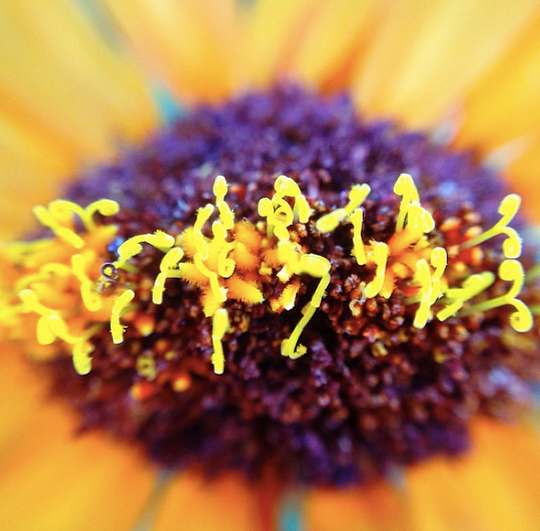
‘Yellow brick road’ – ©Luis Perez – Apps used – Snapseed, take with Olloclip macro lens
What are your favorite photographic subjects and why?
My choice of subjects is the one area where I have to make some concessions to my vision loss. Moving objects are difficult for me to see with little peripheral vision. As a result, I tend to like landscapes and still life a lot more to photograph. However, with the new burst mode feature of the iPhone 5s I have been experimenting more with capturing moving objects. This is something I hope to work on in the future.
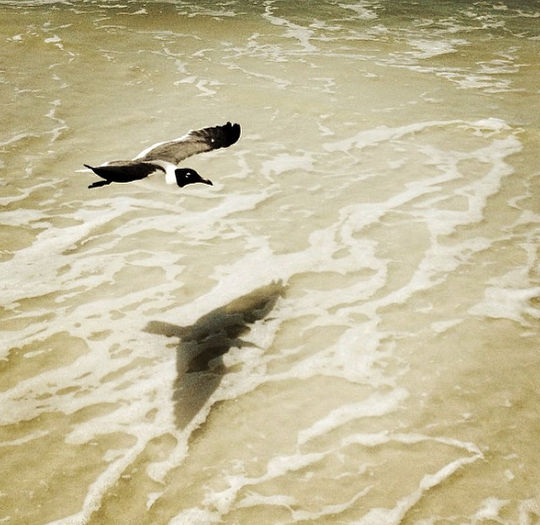
‘Follow me’ – ©Luis Perez – Apps used – Camera+
Where do you like to upload your photographs to – Flickr, Instagram etc?
I am definitely an Instagram person. I briefly left the platform when there was uncertainty over the terms of service a while back, but I quickly returned because it is so familiar and easy to use for me. I do occasionally take photos with a digital SLR camera that I post on Flickr, but these days about 95% of my photography is done with an iPhone and uploaded to Instagram.
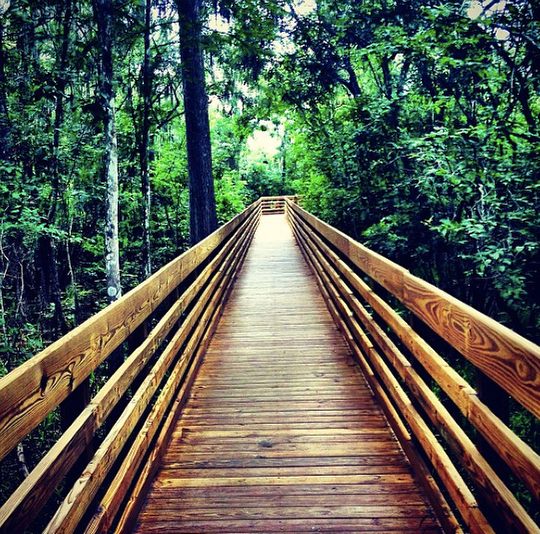
‘A walk in the park’ – ©Luis Perez – Apps used – Camera+
Do you use your mobile phone everyday to take images?
I try to make photos at every chance I get, but some days I spend most of the day in front of the computer and don’t get much of a chance to get outside. When I am on the road for presentations I try to take as many photos as I can. Much of my photography is a way to document my travels and my experiences with new places.
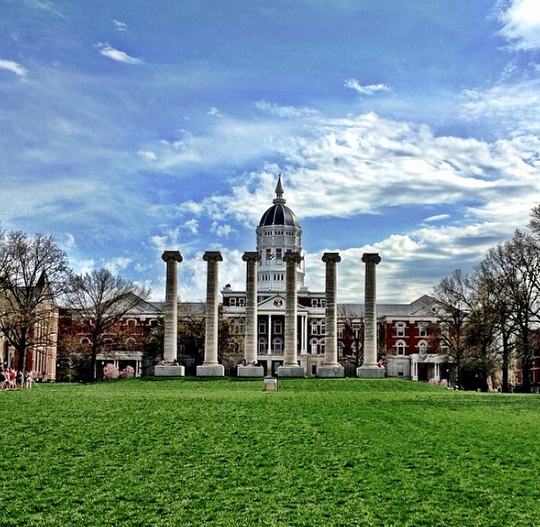
‘Columns’ – ©Luis Perez – Apps used – Camera+
Do you like to use external hardware products with your mobile device for image and video capturing, such as lenses, tripods, external storage and battery packs? Please elaborate as much as possible.
I was a big Olloclip user when the lens set first came out. I don’t use it as much now because my vision is not as good for the macro photos that are so popular with Olloclip users. When I do use the Olloclip lens now it is likely for the fish eye or wide angle options. I also always carry a Mophie battery pack because my battery tends to run out by the end of the day since I use the iPhone as my primary computer when I am not at home.
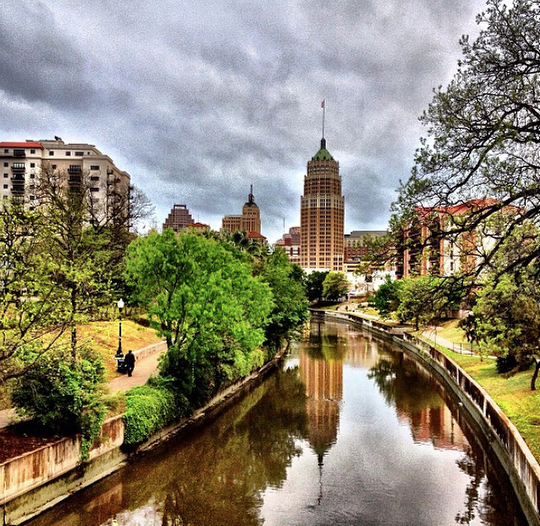
‘Riverwalk’ – ©Luis Perez – Apps used – Camera+
Do you edit images on your mobile devices or do you prefer to use a desktop or laptop computer?
I prefer to edit on my iPhone because it lets me do it whenever and wherever I want. Lately, I have been experimenting with using the iPad mini’s larger screen for editing photos taken on the iPhone. Apps such as Camera+ make it easy to transfer photos from one device to another, and the new Airdrop feature built into iOS 7 also makes that possible.
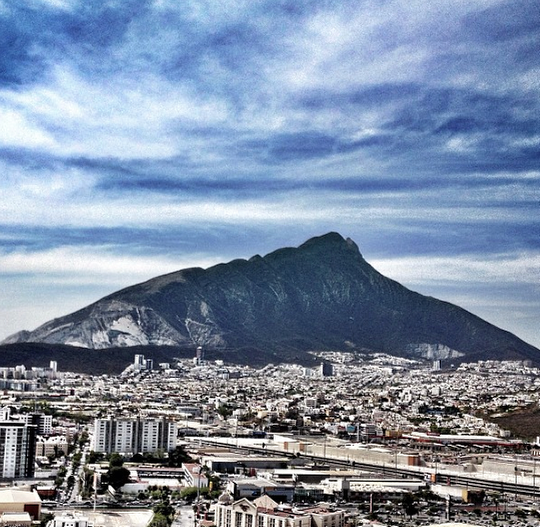
‘Monterrey’ – ©Luis Perez – Apps used – Camera+
Where do you envisage your mobile photography passion will take you? Have you been involved with exhibitions etc? Please elaborate if you can.
My photography is part of a larger mission that I have for myself as an educator. There are two important aspects to this work. The first is documenting the progression of my vision loss through photography. I hope to continue my photography even if I lose my vision completely and I have faith that the technology will keep up with my needs when that time comes. Another aspect of that mission that I have for myself is to use photography to educate others on the abilities of people with vision loss and other so called disabilities. Nothing brings me more joy than to have someone stop me when they see me taking a photo with my white cane and ask “how do you do that?” To me, that provides a window for a conversation that will hopefully change the other person’s perspective on what people with disabilities can do with the right support and technology. Photography is a way to show that we are not “heroic” or need to be “pitied” (the two extremes you see in most representations of people with disabilities). We are people who just want to have a typical life and travel, raise children, do good work and enjoy good food. For me, photography is a way to challenge the often negative or overly idealized portrayal of people of disabilities.

‘Fingers’ – ©Luis Perez – Apps used – Snapseed
Do you also enjoy shooting videos with your mobile phone? If so, what do you do with them? Have you considered uploading them to our Mobile Movies Flickr group?
I don’t often shoot video. In addition to the fact that video is more difficult for me to capture with my vision loss, it also takes up a lot of space. I prefer to save most of the space on my 16GB iPhone available to take photos, since I have to capture so many of them to get a few good ones.
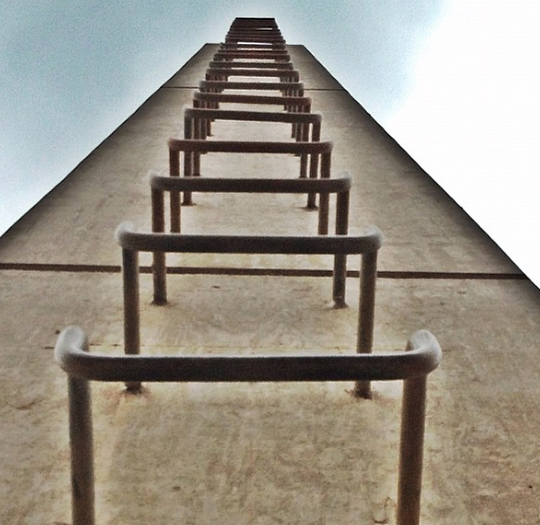
‘Stairway to heaven’ – ©Luis Perez – Apps used – Camera+
Where do you see the future of mobile photography?
I like the convergence between mobile and traditional photography made possible by a new generation of connected cameras (those that have Wi-fi built in). I would love it if the camera manufacturers that move in that direction would also include the accessibility features of the mobile operating systems they are building these connected cameras on. That will help make photography more accessible to to a lot of people.

‘Aliens’ – ©Luis Perez – Apps used – Camera+
What do you think is the most popular area of mobile photography?
Within my field of education, the idea that teachers and students can make their own photos for projects (instead of always relying on ones they find on the Web) is finally catching on. I think encouraging students to use the cameras on their mobile devices can be a great way to engage them in their learning. It allows them to use the tools for self expression so many of them already use outside of school with great ease.
Overall, the idea that photography can be a tool for social participation and social change is one that fascinates me. We have seen examples of that in recent current events in the Middle East where photography was a powerful tool for witnessing events that would otherwise be inaccessible to traditional media channels.

‘Dance with me’ – ©Luis Perez – Apps used – Camera+
Do you think it’s country specific, are some nations more clued up?
One of the nice things about photography is that it is as close to a universal language as you get (music may be the only other language I can think of that surpasses photography in its universal appeal and reach). Digital divide issues in other parts of the world may contribute to certain voices not being as well represented in photography as they should be but mobile devices could help change this oversight. In parts of the world where purchasing a traditional computing device is not an option for most of the population, mobile devices provide a much needed alternative for access and an outlet for participation.
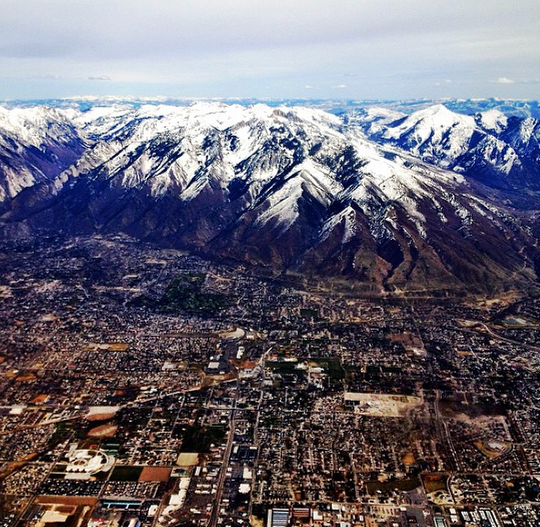
‘Up in the clouds’ – ©Luis Perez – Apps used – Camera+
If you could select a specification for a mobile smartphone, what features would you select, photographically speaking?
I would love for mobile smartphones to continue the work with pattern recognition like Apple has done with its Camera app in iOS. If the iPhone could provide me with even more information before I take the photo, in addition to what facial recognition can do now, that would be great. For example, using the sensors built into the device to let me know if my photo is not straight (a common problem for me) would be helpful.
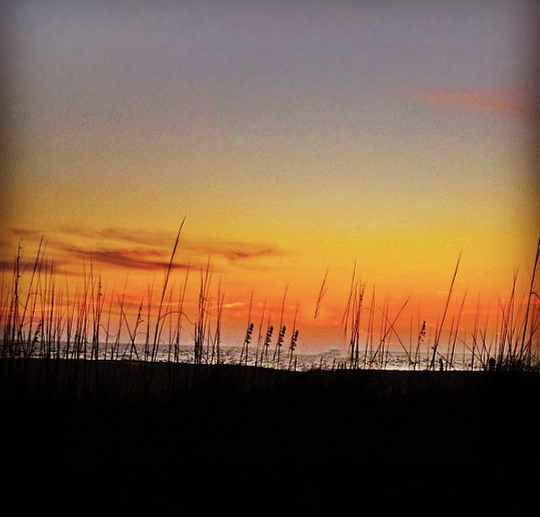
‘Twilight’ – ©Luis Perez – Apps used – Camera+
What do you think of Joanne and theappwhisperer.com?
What I love about theappwhisperer.com is the diversity of perspectives on mobile photography it showcases. Features such as “A Day in the Life” remind us that photography is not just about the gear and the apps. Behind the lens there is a person with a story to tell and a reason to be a photographer and I enjoy reading the diverse perspectives and talents Joanne brings to us through The App Whisperer.

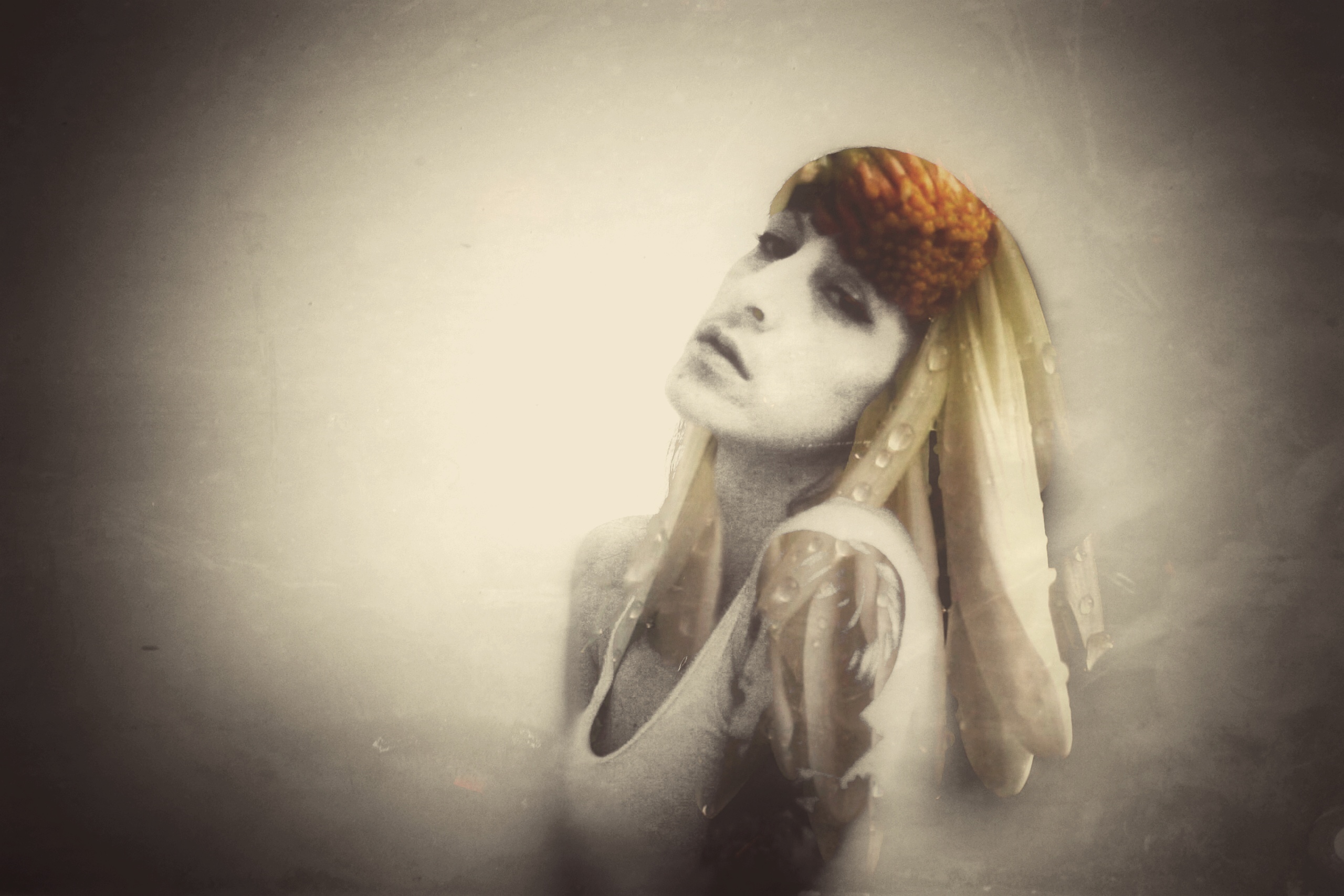
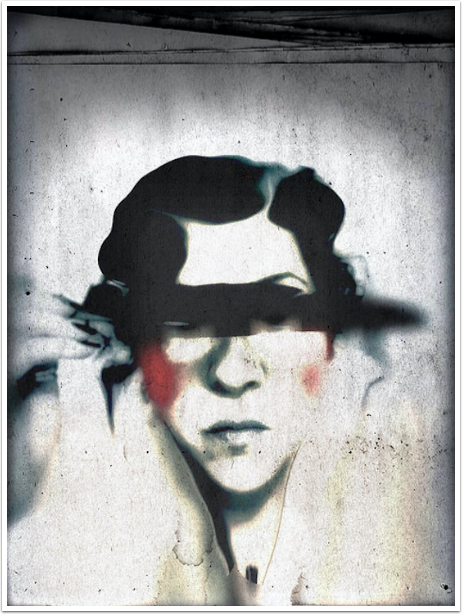
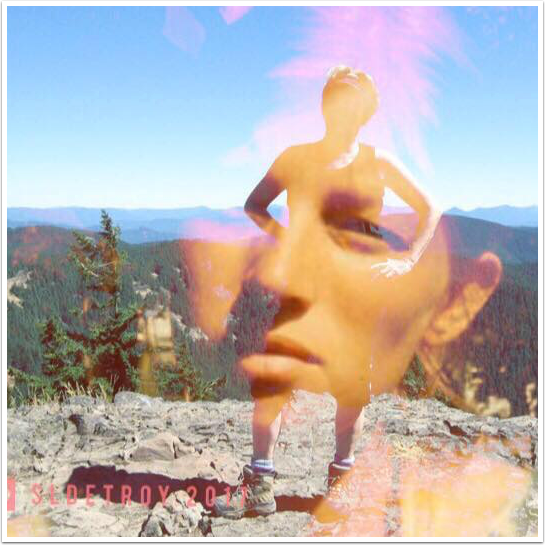
4 Comments
Jeffrey Simpson
What an inspiring interview. Well done Joanne
Great work Luis. Thank you for sharing a bit of yourself.
Luis Perez
Thank you Jeffrey. I’m glad you enjoyed it.
Gerry Coe
Luis, you have a clearer vision than a lot of fully sighted people I know. Great images. Well done.
Tracy Mitchell Griggs
I fully enjoyed the interview and images and also learning about accessibility which I had limited knowledge of – keep up the good work.